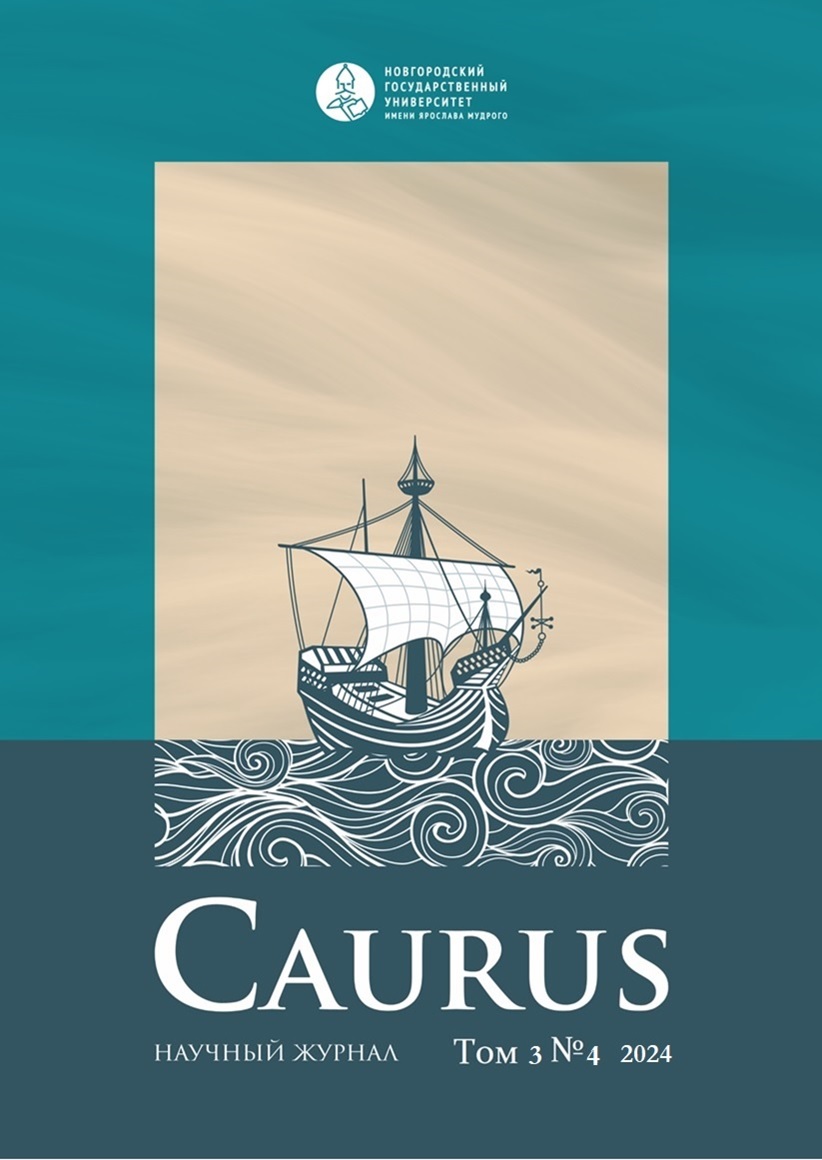Impact of Hanseatic and Livonian Trade Bans on Trade Activity on Narva Border in 15th Century
DOI:
https://doi.org/10.34680/Caurus-2024-3(4)-34-41Keywords:
Narva, Livonian Order, Narva’s bailiffs, Reval, Hanseatic-Russian tradeAbstract
Trade on the Narva border in the 15th – first half of the 16th century was of a special nature: it was conducted in contradiction to established Hanseatic norms, often n contradiction to the prohibitions of the Livonian Order and, most importantly, almost never stopped. In historical literature, there is a common trend of discussing the growth of Narva’s trade during periods of Hanseatic and/or Livonian trade bans, which is supported by certain information from sources. At present, there is a lack of research that would enable us to establish a clear trend of a direct correlation between the Hanseatic and Livonian bans and the rise and fall of trade activity along the Narva border. In this study, the authors analyze the quantitative indicators of recorded trade transactions based on materials from outgoing correspondence between Narva and Reval from the 15th century (TLA.230. BD 8-I; TLA. 230. BD 8-II; TLA. 230. BD 8-III) and conclude about the actual impact of political developments on the organization of trade at the Narva border.







